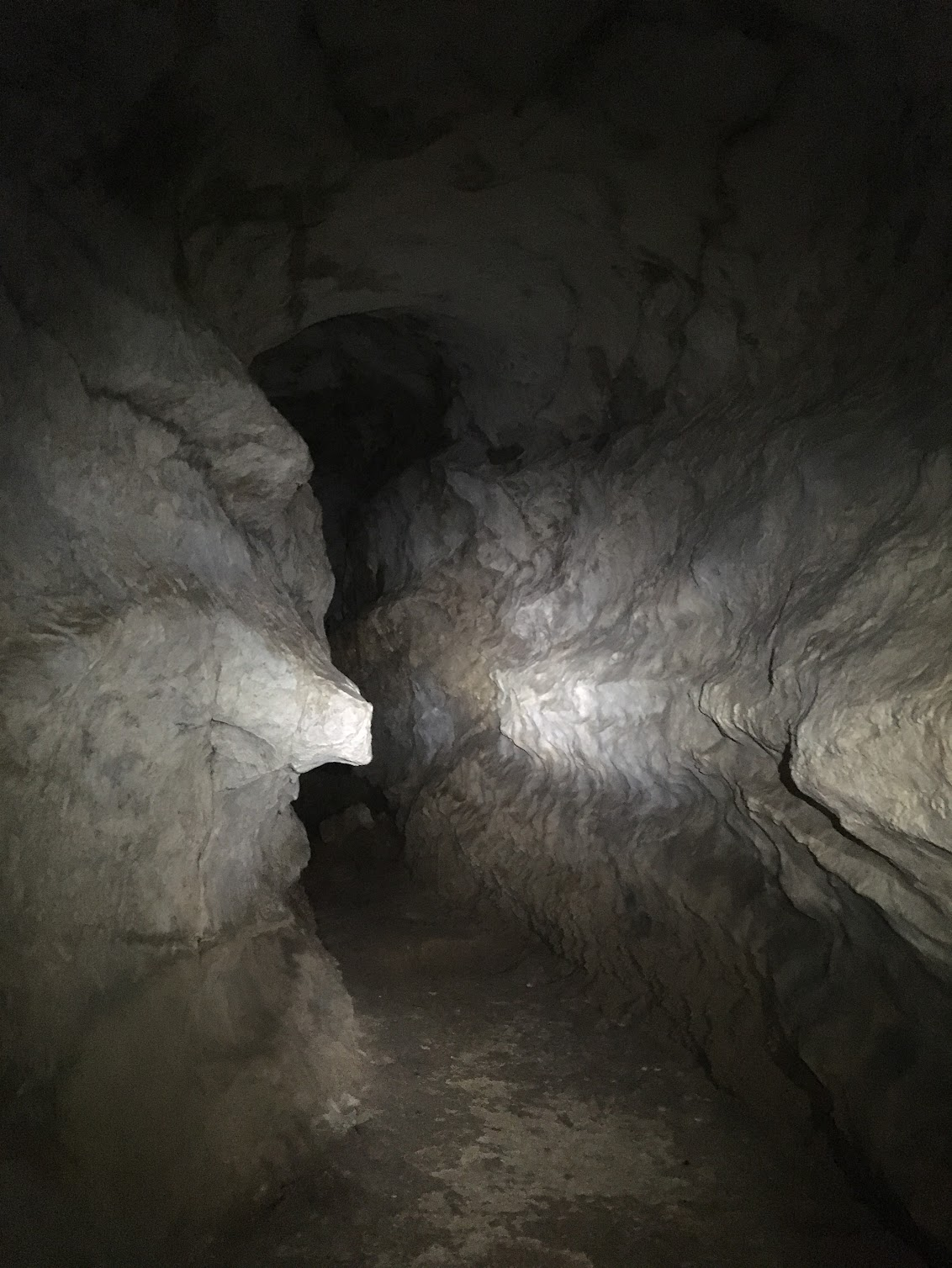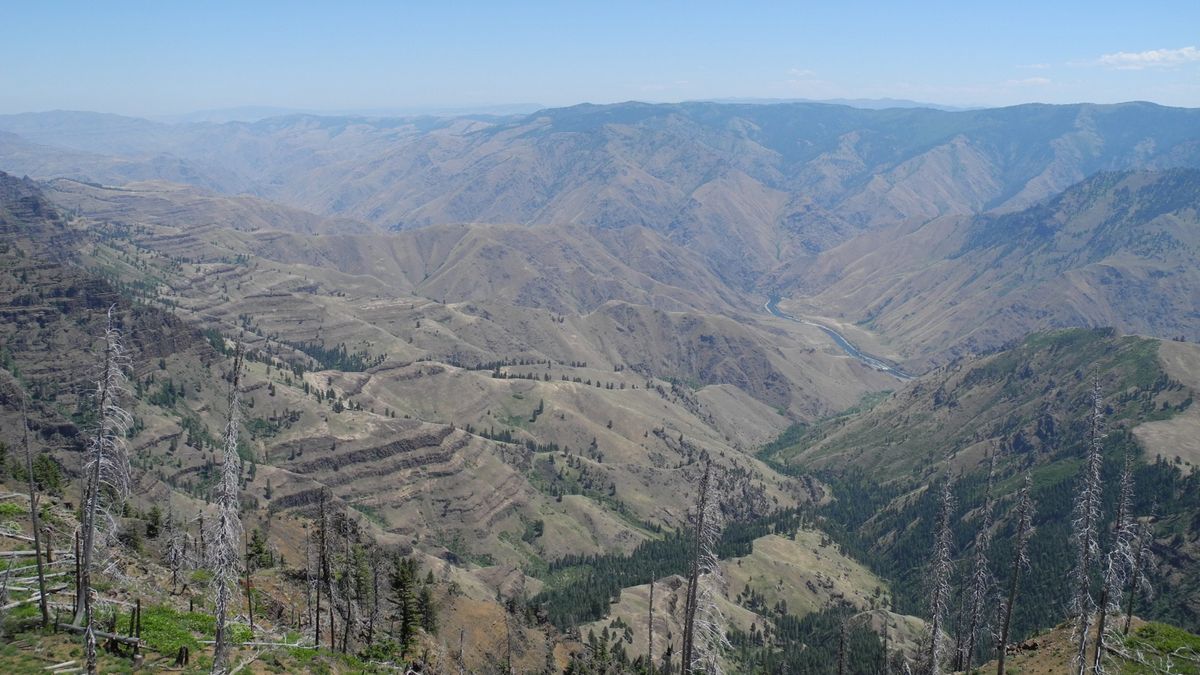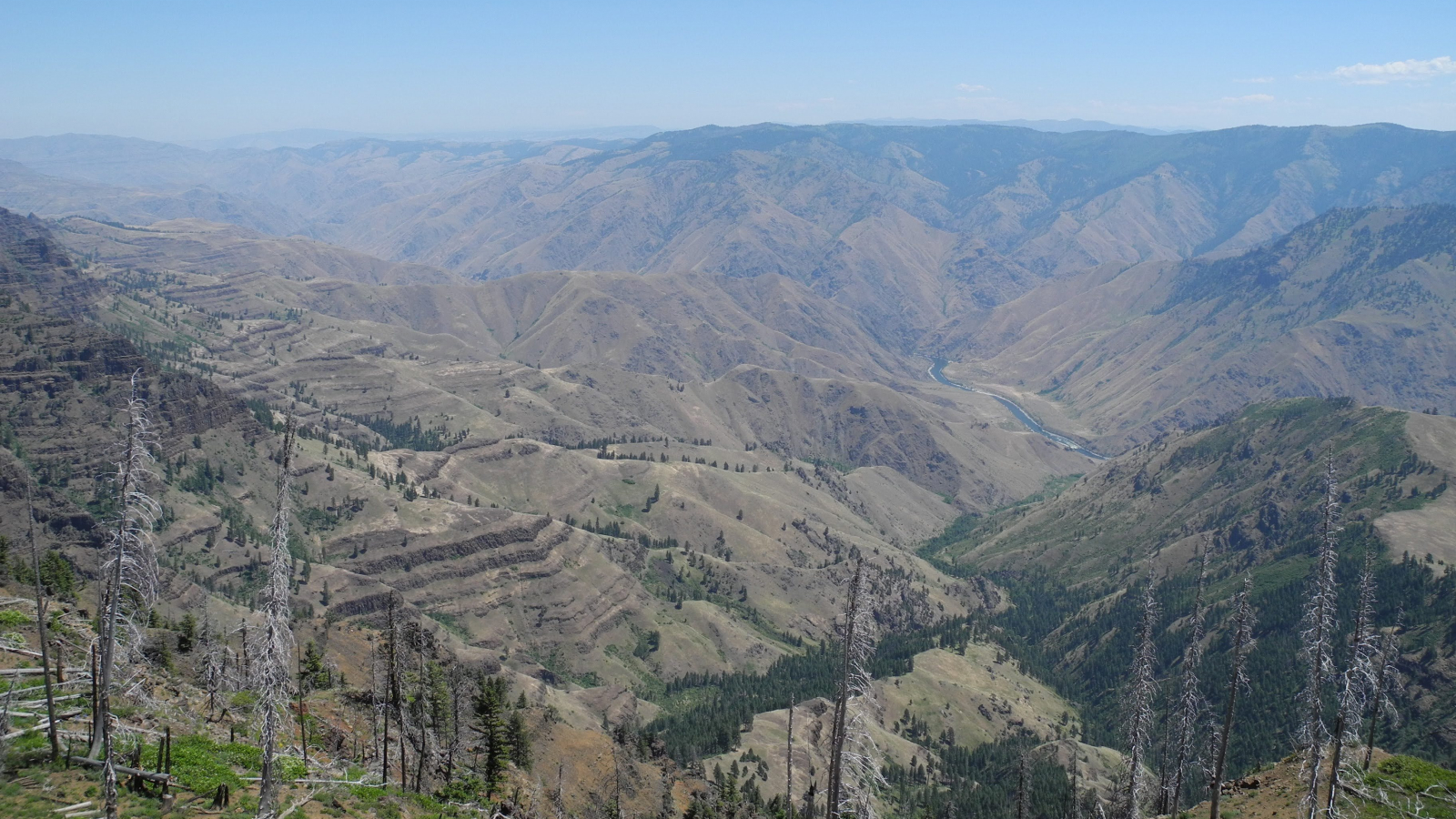The origin story of Hells Canyon, North America’s deepest river gorge, has long been unclear to scientists. But new research estimates it formed about 2.1 million years ago when a dramatic flood event likely created a river over the deep gorge.
The researchers made the finding after studying clues hidden in the landscape and river deposits preserved in caves. They described their findings in a study published May 19 in the journal PNAS.
Hells Canyon borders Oregon, Idaho and Washington. It’s cut through by the Snake River and is North America’s deepest river gorge, at 10 miles (16 kilometers) wide and about 1.5 miles (2.4 km) deep — almost 2,000 feet deeper than the Grand Canyon.
Canyons are inherently difficult to understand and date, said study lead author Matthew Morriss, a geologist at the Utah Geological Survey. “As a river erodes and carves a canyon, it sort of destroys the evidence of its own history,” Morriss told Live Science. But because Hells Canyon is so steep, he guessed it was carved quickly.
To find out how the gorge formed, the team examined caves along the side of the canyon. When floods cause rivers to swell, they can deposit sediment into caves where it’s then preserved, Morriss said. The researchers analyzed gravel deposited by the Snake River in three caves along the sides of Hells Canyon, and estimated the age of the deposited material using isotope dating.
This enabled the researchers to determine when the river was higher than its current level, which would have been when it was shaping the canyon. The team combined this information with the locations of knickpoints — drastic changes in river steepness where the rivers connect to the gorge — to piece together Hells Canyon’s history.
These clues suggest that Hells Canyon formed when water diverted from Lake Idaho into the current route of the gorge to form what’s now the Snake River. The lake may have spilled over because of higher precipitation, or changes to the continental divide, Morriss said. This caused a river to form a path over the area that’s now Hells Canyon, and the water slowly began eroding rock about 5 million years ago, then carved the gorge much more quickly from about 2.1 million years ago.

The canyon’s age was unexpected. “The age of the canyon was so much younger than I thought it would be,” Morriss said. “I had no idea it could be as young as 2 million years old — that’s younger than the Grand Canyon, which most people think could be about 5 million years old.”
Hells Canyon has a lot in common with the Grand Canyon, according to Karl Karlstrom, geologist at the University of New Mexico whose work focuses on the Grand Canyon, and who was not involved with the new research.
“The Grand Canyon and Hells Canyon always get compared to each other,” said Karlstrom. “They’re both big canyons with big rivers at the bottom, they’re about the same length and the same width,” Karlstrom told Live Science, but this study gives a clear picture of Hells Canyon’s distinct history.
“To me this paper is a good hypothesis, and it paves the way for next generations of work,” Karlstrom said. Dating more caves in the canyon, and integrating other dating methodologies, could refine the findings and make the dates more precise, Karlstrom added.
The findings can inform research on other canyons that may have been carved quickly by rivers, Morriss said. Understanding the history of Hells Canyon also gives insight into how the canyon’s formation shaped the surrounding ecosystem, as some animal species are divided by the canyon and others connected across it.
Many landscape features of the southwestern U.S., like Hells Canyon and the Grand Canyon, are younger than previously expected. “[The] Western U.S. has a young and ever changing landscape that has been reshaped in the past few million years and is currently still adjusting,” Karlstrom said. This shows just how quickly — on the scale of geological time — a landscape can dramatically change, he noted.






















